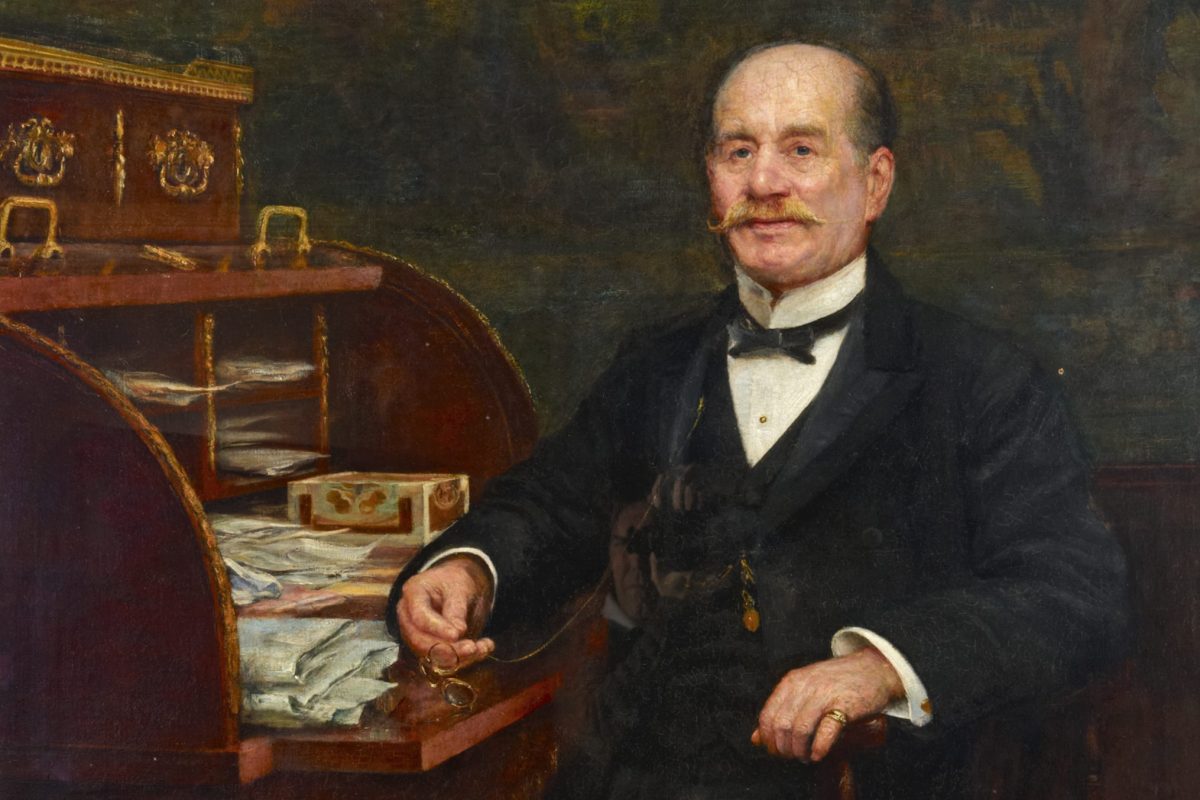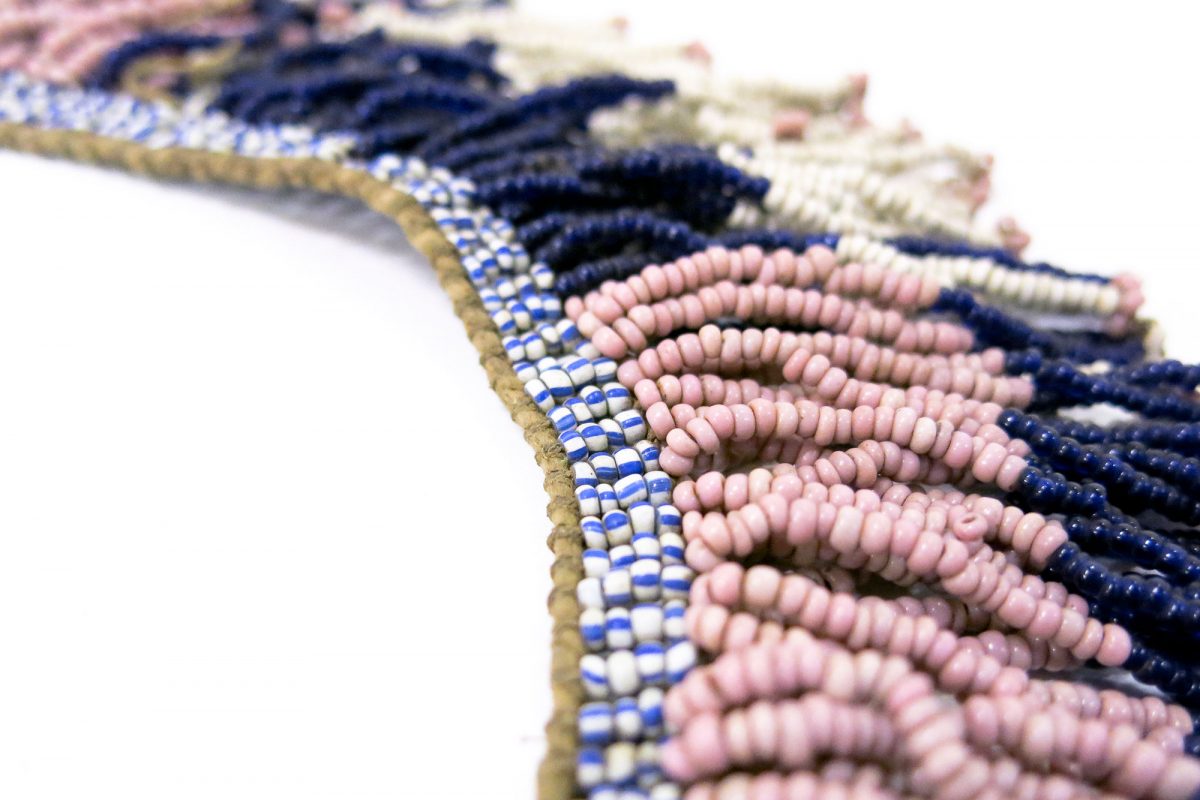Colonialism and the Horniman
The Horniman is named after Frederick Horniman, who inherited and ran his father’s business, Horniman’s Tea, and was elected as an MP for the Liberal Party in 1895. Frederick Horniman has historically been remembered, through his Museum and Gardens, as a social reformer who campaigned for the creation of the British Welfare State, committed to raising standards of living in Britain across all sectors of society.
The wealth that enabled him to make his collection, build his Museum, create his Gardens, and campaign as a social reformer in Britain, was reliant on the exploitation of people living in the British Empire. The tea trade relied on the repurposing of land to build tea plantations, often involving the forced relocation of people already living on and using that land. This had long-term economic and social impacts which continue to affect people’s lives today.

The Horniman’s collections from across the world have continued to grow over the last 130 years, and so have we as an institution. An important part of this growth has been recognising that colonial-era exploitation and inequality is still with us.
Our collections are central to this and how they came into the Museum. The historical ownership of an object is achieved in a number of ways; through purchase, gifting, exchange, confiscation and looting.
Even the word ‘collecting’ suggests a neutral act but it does not tell us much about how the objects were acquired. Although collecting practices have improved in recent decades, with makers, and communities paid and recognised in a more appropriate way for their material culture, it is still important to acknowledge the colonial history of the collections at the Horniman.
It is an ongoing task to recognise this history, and to be honest about the lack of knowledge about much of the collection.
There are exceptions, particularly in the second half of the 20th century, but inequalities remain in the way in which these objects are cared for, accessed and interpreted.
Information in collections online
It is important to think about what the information museums have – and don’t have – can tell us about the way in which they have valued or devalued different kinds of knowledge.
Most of the core information museums have about objects was recorded at the moment an object entered the collection. What museums have is both associated with what the person handing the objects over to the museum could remember, what information they felt was important to pass on to the museum, and what the member of staff accepting the object thought was important to record.
Because none of these individuals were likely to have been a member of the community who made or used the object originally, the information museums have and don’t have says more about their British perspective than it does the community it came from.
What once may have been a spoon to lovingly prepare a meal for a family is now simply labelled as a ‘wooden spoon’. We might know the date it was acquired by the Horniman, and vaguely what part of the world it is from – but often that is it. We do not know who the spoon belonged to, when it was made, what kinds of food it stirred, or the joy it may have brought to a hungry mouth.
Historically, the act of collecting and curating objects in museums has been preoccupied with material culture, but what often gets left out are the stories and meanings associated with an object.
Information is not always correct; objects can mean many different things to different people, and research is not always conclusive.

Absence
Many community researchers have rightly pointed out that community members’ voices are missing from the collections, and oral sources have not generally been included in our collections.
This is simply because the act of collecting objects themselves was a priority for colonial collectors, rather than stories and meanings associated with the objects. Community members sometimes express feelings of disappointment when they find an object they can relate to, only to find out there is very little information known about it.
These feelings are real and important, after all, it is somebody’s heritage on display in the Horniman.
Curators are continually researching parts of the collections to learn more but with a large collection like that at the Horniman, it is a sad fact that there are many objects that the Museum knows very little about.
Some notable absences are of whole cultures. Although the collection of objects from Africa totals around 22,000 objects, the collection from the Caribbean is significantly smaller: just 500 objects. This again is a legacy of colonialism and trade in enslaved African people. The forced movement of people from Africa to the Caribbean, meant that the material culture of enslaved peoples was often left behind. During colonial rule in the 20th Century, the Caribbean was not thought of by collectors as having the rich material culture that can so clearly be seen today.
Problems with searching
We are concerned that the kinds of information that museums record about objects, and the words they use, do not reflect the information community members think is important or correct. You might also come across some outdated, offensive terminology.
This is important because it makes it difficult for community members to find what they are looking for when they search online, or send curators requests for information. We welcome any help given to correct the information the Horniman has, so that you and your community can better find what you are looking for in the future.

If you search the collection online, you might see very little useful information about an object. There might be a date in which the object arrived at the museum, what country it is from (again sometimes a colonial legacy – and don’t forget that people move and take their objects with them), a very brief or perhaps incorrect description of an object, and some information about what material it is made from.
Terms and labels might not be correct or no longer appropriate. For example, during a recent workshop, a Kenyan community researcher asked, why is an object from Europe categorised as ‘religion’ but a religious object from the African continent labelled as ‘witchcraft’? This is again because of white supremacy and disrespect for religions emerging from traditions outside of Europe. These ideas are still present in many museum collections, including the Horniman.
This does not just apply to religion, but a whole range of cultural contexts.
Sometimes challenging and questioning histories, collections, and absences can lead to a research journey that might help fill in the gaps and correct any wrong information.
Why has an object been labelled this way? Why is this information missing?
These are questions that someone exploring the collections might ask.